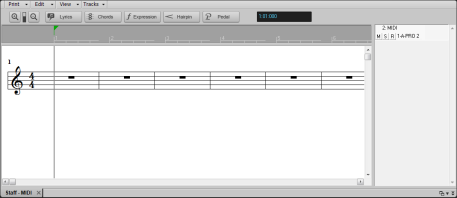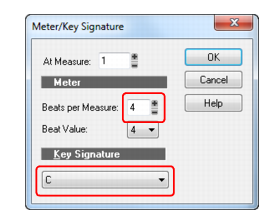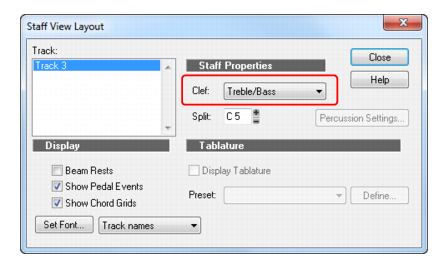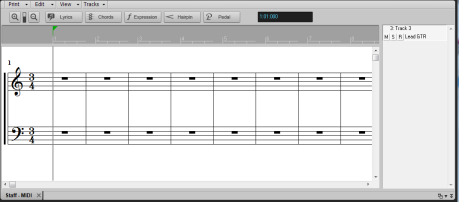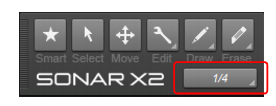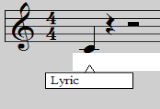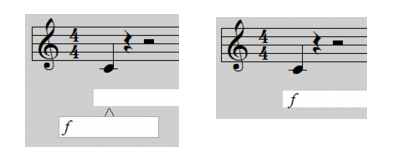Tutorial 5 – Working with music notationA great way to compose in SONAR is by using the Staff view. The Staff pane displays MIDI note events as musical notation. For some musicians, this may be the most familiar and comfortable view in which to work. The Staff pane provides many features that make it easy for you to compose, edit, and print music. You can add notes to your composition with simple point-and-click techniques.


, position the pointer over the bottom half center of the note, then drag the note to the desired location.
or the Edit tool
.in the Control Bar.

, position the pointer over the note’s start or end point, then drag left/right to adjust the start/end position.

, position the pointer over the note’s start or end point, then drag left/right to adjust the start/end position. You can also double-click the note to open the Note Properties dialog box, then enter in the number of ticks you want for the note duration.
The following table shows the relationship between note durations and ticks (with the default timebase of 960 ticks per quarter note).

, right-click a note to erase a single note, or keep the right mouse button pressed and drag over notes to erase multiple notes.

Tip - Searching Documentation
Tip: To search for a specific topic, type your search query in the Search Cakewalk.com field at the top right of this page.
When the search results appear, click which product's documentation you would like to search to filter the search results further.
Note - Using Offline Help
Note: If you prefer to always use offline Help, go to Edit > Preferences > File > Advanced in your Cakewalk software and select Always Use Offline Help.
If you are not connected to the internet, your Cakewalk software will default to showing offline help until an internet connection becomes available.




